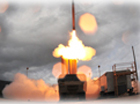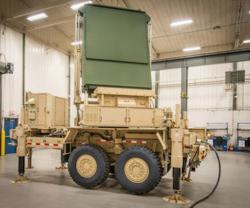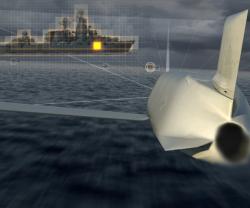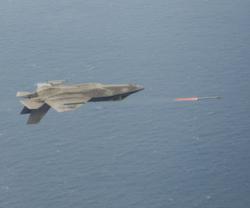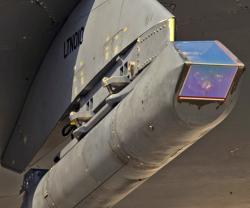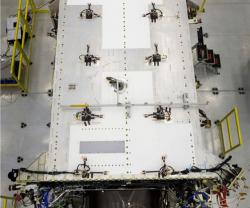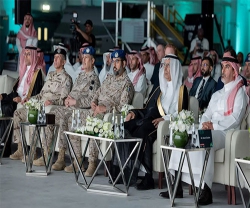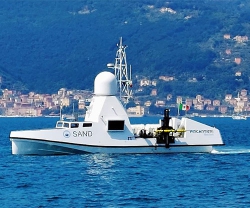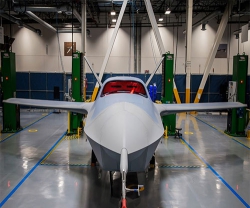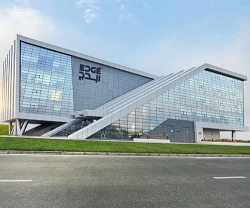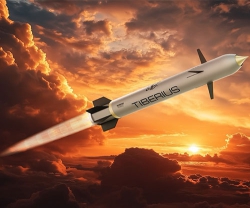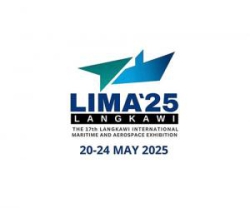The contract includes $694.9 million and for the production of 48 THAAD interceptors, 6 THAAD launchers, 4 fire control units and additional support equipment. An option for additional launchers in the amount of $94.8 million was also award for a total value of $789.8 million. These components will be employed by THAAD Batteries 3 and 4 for the U.S. Army. Delivery to Batteries 3 and 4 will be completed in 2013.
"We have great confidence in the production plans established to deliver the THAAD weapon system to the warfighter as soon as possible," said Tom McGrath, Vice President and Program Manager for THAAD at Lockheed Martin. "Lockheed Martin remains focused on ensuring THAAD is reliable, affordable and effective."
THAAD interceptors are produced at Lockheed Martin's Pike County Facility in Troy, Alabama. The launchers and fire control units are produced at the company's Camden, Arkansas, facility. A contract for the delivery of the first two U.S. Army Batteries was awarded to Lockheed Martin in late 2006.
Since 2005, the THAAD development program has completed 11 flight tests, with 7 intercepts in 7 attempts. THAAD is the only missile defense system with the operational flexibility to intercept in both the endo- and exo-atmospheres to provide versatile capability to the warfighter.
Two THAAD batteries have been activated at Fort Bliss, Texas. The first THAAD Battery (A-4 ADA Battery) was activated in May 2008. In October 2009, the U.S. Army activated the second THAAD Battery (A-2 ADA Battery). Unit training for this Battery began earlier this year.
A key element of the US Ballistic Missile Defense System (BMDS), THAAD is a Missile Defense Agency program, with the program office located in Huntsville, Alabama. The Agency is developing the BMDS to defend the United States, its deployed forces, friends and allies against ballistic missiles of all ranges and in all phases of flight.
For more information, check Al-Defaiya Issue # 2/2011

